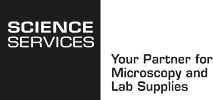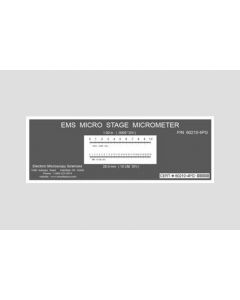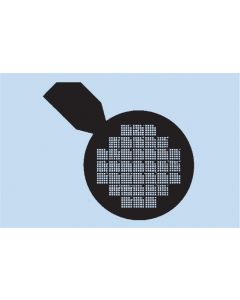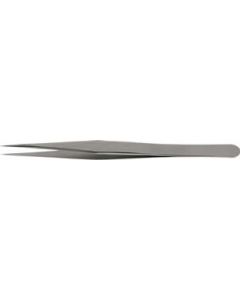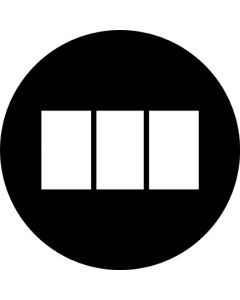Methyl/Butyl Methacrylate Embedding-Kit
The mixture of Butyl and Methyl Methacrylate offers many advantages over the standard GMA and HPMA embedding mediums:
- It can be UV cured in the cold with the addition of benzoin methyl ether, or heat cured by the addition of benzoyl peroxide.
- The resin can be removed from the sections with a solvent (acetone) before staining.
Product Details
Description
(Methyl Methacrylate/Butyl Methacrylate, MBM)
Methacrylate embedding media consists of a mixture of n-Butyl and Methyl methacrylate with benzoyl peroxide as the catalyst. (Benzoyl peroxide is supplied as a paste, a mixture of benzoyl peroxide pow-der with dibutyl phthalate 1:1 w/v.) The desired hardness of the block can be obtained by adjusting the relative proportion of n-butyl and methyl methacrylate; a higher proportion of methyl methacrylate will produce harder blocks. Relatively soft blocks are good for soft tissues, such as pancreas, while harder blocks are suited for tough tissues such as tendon, muscle, and plant. The hardness of the blocks is obtained by mixing n-butyl and methyl methacrylate in the ratio of 4:1; 3:1; 3:2...(v/v) respectively. The ratio of 4:1 is the most commonly used. The addition of initiator, benzoyl peroxide paste, is at a ratio of 1.5-2% of the total volume of the mixture.
Methacrylate embedding may be used for embedding mineralized or unmineralized specimens. Be-cause of the large shrinkage that occurs during polymerization of methacrylates, direct embedding is not recommended for most biological tissues, and it is therefore partially polymerized methacrylate (or pre-polymerized) which is required.
Using Methacrylate Embedding Media
1. Preparation of Pre-polymerized MBM:
It is not necessary to remove polymerization inhibitors from the methacrylates. The mixture of methyl and butyl methacrylate plus catalyst (MBM) is prepared by mixing n-butyl and methyl methacrylate per the ratio that you chose with the addition of 1.5-2% benzoyl peroxide paste. Mix well, then place the mixture in a water bath at 65°C until the temperature of the solution slightly exceeds 65°C. The reac-tion temperature of the solution should be maintained between 65 and 70°C until the viscosity of the liquid resembles that of room temperature glycerine (about 30-40 minutes). The reaction temperature is not allowed to exceed 70°C. The solution then is cooled in an ice bath and stored in a refrigerator. This pre-polymerized stock solution is stable for about one year when kept refrigerated.
2. Preparation of Methacrylate Catalyst Stock Solution:
The methacrylate catalyst stock solution consists of 2 g benzoyl peroxide paste and 18 g methyl me-thacrylate monomer. Mix well. The catalyst stock solution is then stored under refrigeration.
3. Embedding mixture: Every 1 ml of catalyst stock solution is mixed well with 5 ml of prepolymerized MBM.
4. Embedding Schedules:
Methacrylates are readily soluble in ethanol and acetone and no intermediate solvent is required. The standard embedding schedule is:
Ethanol/MBM 1 hour
MBM 1 hour
MBM 1 hour
Place specimens in gelatin or polyethylene embedding capsules and fill the capsules with the embed-ding mixture. Close the capsule with their caps. Polymerization takes place over night at 60-65°C or 24-48 hours under UV light.
5. Sectioning and Mounting:
The sections should be cut on a dry knife (Diamond or Glass Knife) 1 to 3 microns in thickness. Sec-tions can be picked up and floated on a drop of water on a glass slide that has been treated with a thin coating of an albumin/glycerin (1:1, v/v). The slide is then placed on a hot plate and heated for a few seconds to dry the water drop and to adhere the section to slide. Prior to image analysis or staining, contrast is enhanced by immersing the slide in 2-butanone to remove the embedding medium.
References:
1. A.M. Glauert (1975). Practical Methods in Electron Microscopy. North-Holland Publishing Company.
2. M.A. Hayat (1989). Principal and Technique of Electron Microscopy. 3rd Edition, CRC Press, Inc.
3. E.K. Boylston et al., (1995). A quick Embedding Method for Light Microscopy and Image Analysis of Cotton Fibers. Biotech. & Histochem. pp. 24-27.
More Information
| Application |
ImmunoEM
TEM
|
|---|---|
| Mandatory sign |
Tightly sealed goggles

Protective gloves

|
| Signal word |
Warning
|
| Symbol GHS |
GHS01
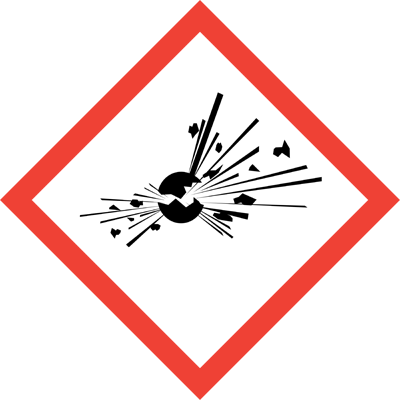
GHS02
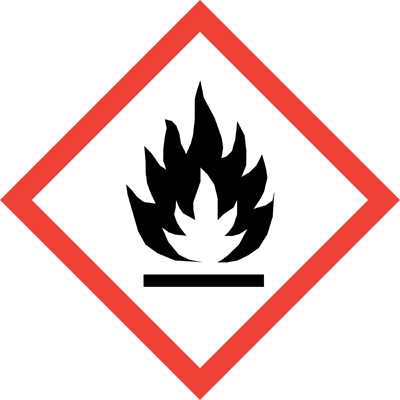
GHS07

GHS08
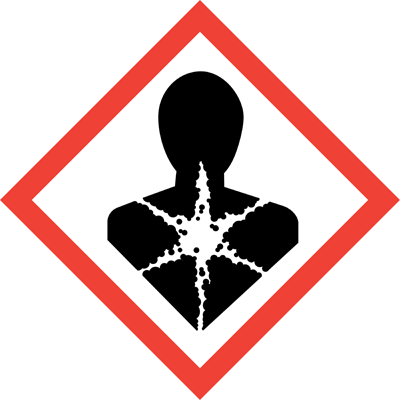
|
| Hazard statements |
H225
H226
H242
H315
H317
H335
H360Df
|
| Precautionary statements |
P210
P241
P321
P303_361_353
P305_351_338
P405
P411_235
P501
|
| Component Parts | 225 ml Methyl Methacrylate, 225 ml Butyl Methacrylate, 15 gm Benzoyl Peroxide Paste |
| Shipping Class |
Hazardous Good LQ
|
| SDS (multilingual) | E18800 |
| SDS (multilingual) | E12100 |
| SDS (multilingual) | Benzperox |
